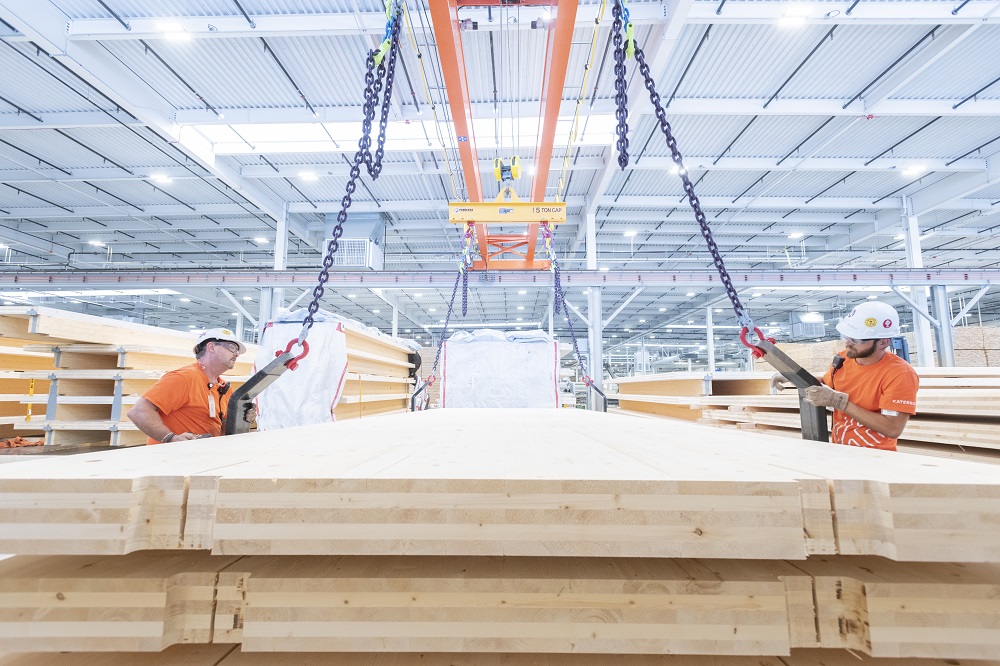Most of us in the construction industry believe in the idea of LEED principles, but the backbreaking paperwork and documentation is an enormous hassle. It also seems really silly to use tons of paper to track your progress and submit reports, when the whole point of LEED is to reduce waste and save energy. Now, there's a software that allows you to track your project's LEED project and create instantaneous reports without the use of paper right from the job site.
Instant Access to VOC content
Green Badger is software that allows you to track your LEED progress and create reports right from your computer, tablet, or smart phone, which reduces wasted time spent on re-typing field notes and scanning tons of documents. With Green Badger, you can manage your construction waste, sustainable materials, erosion control, and indoor air quality reports and progress right from the field and turn them into a report with the click of a button. On the owner and architect, they get the peace of mind of being able to monitor contractor progress and the ability to step in before it’s too late if LEED points are in danger of being lost. Pictures for backup are easily uploaded right from the software and can be attached with the rest of the documentation as a PDF.
Perhaps the most impressive feature of Green Badger is its ability to verify the VOC content of many different paints, sealants and adhesives by allowing the user to scan the barcode of the product with a smart phone or tablet. The Green Badger app is available to download for free in the Google Play Store and Apple’s App Store, but a subscription service is required in order to use the documentation services.
The video below gives a nice, quick overview of the abilities and benefits of the Green Badger software:
GREEN BADGER from Tommy Linstroth on Vimeo.
Green Badger (Android App) | Green Badger, LLC
Green Badger (iOs App) | Green Badger, LLC












Like most of the other electric machines that have been announced previously, Volvo promises that this midsized, 14 metric ton excavator will have the same performance as a similarly sized diesel version. The X03 is currently in the concept stage, so Volvo does not have immediate plans to bring it to market, but it shows the possibilities that electronics on heavy machinery can allow for.